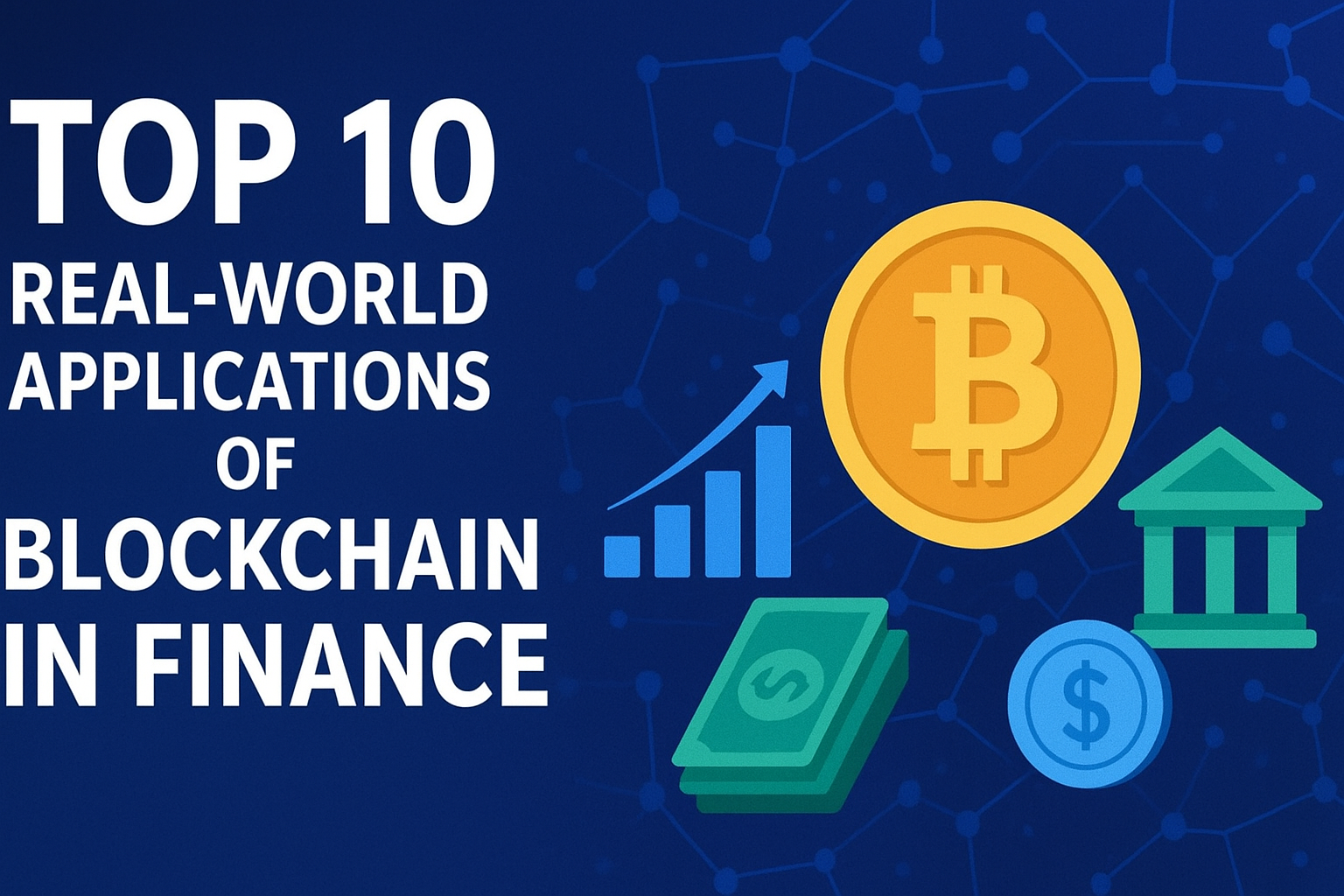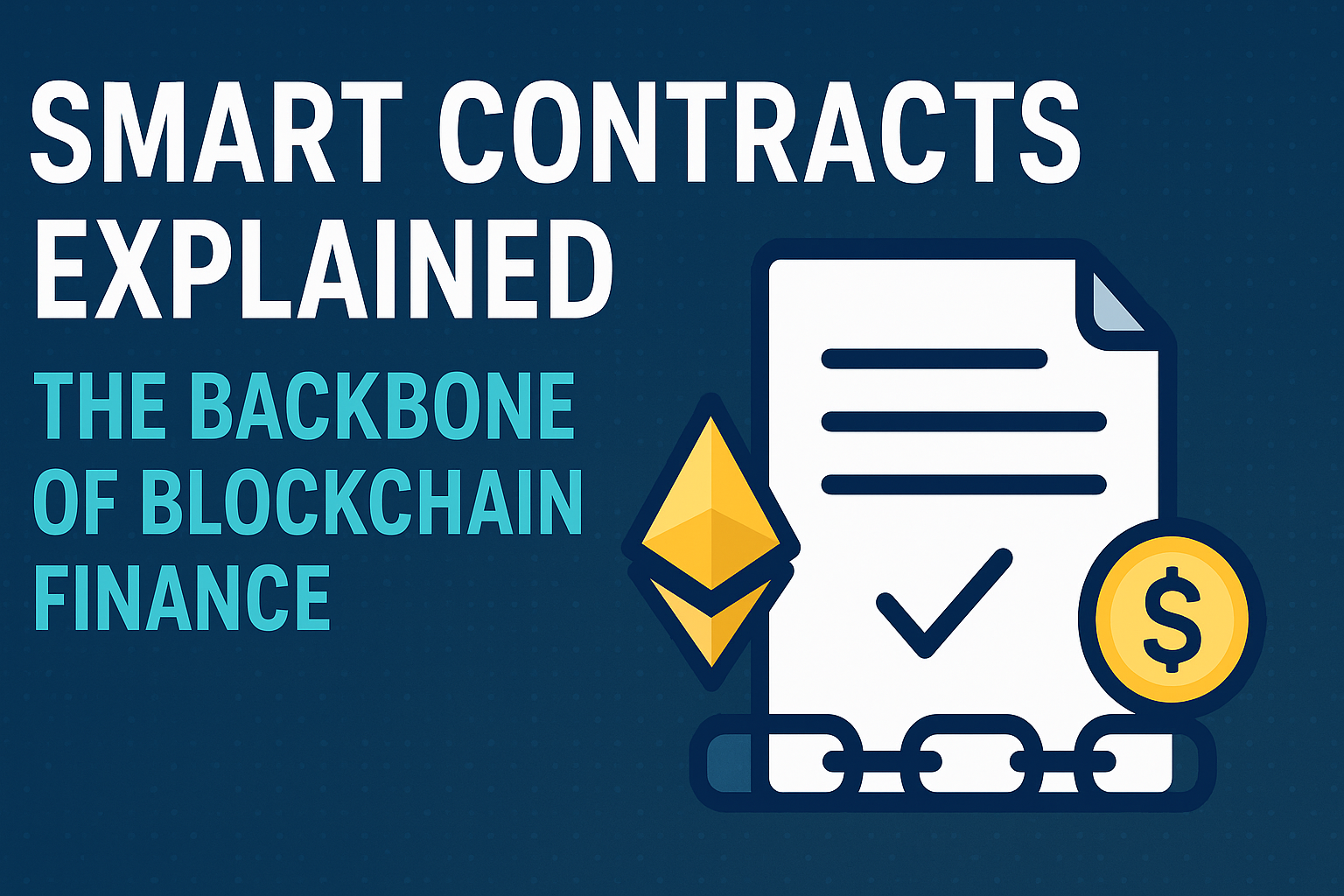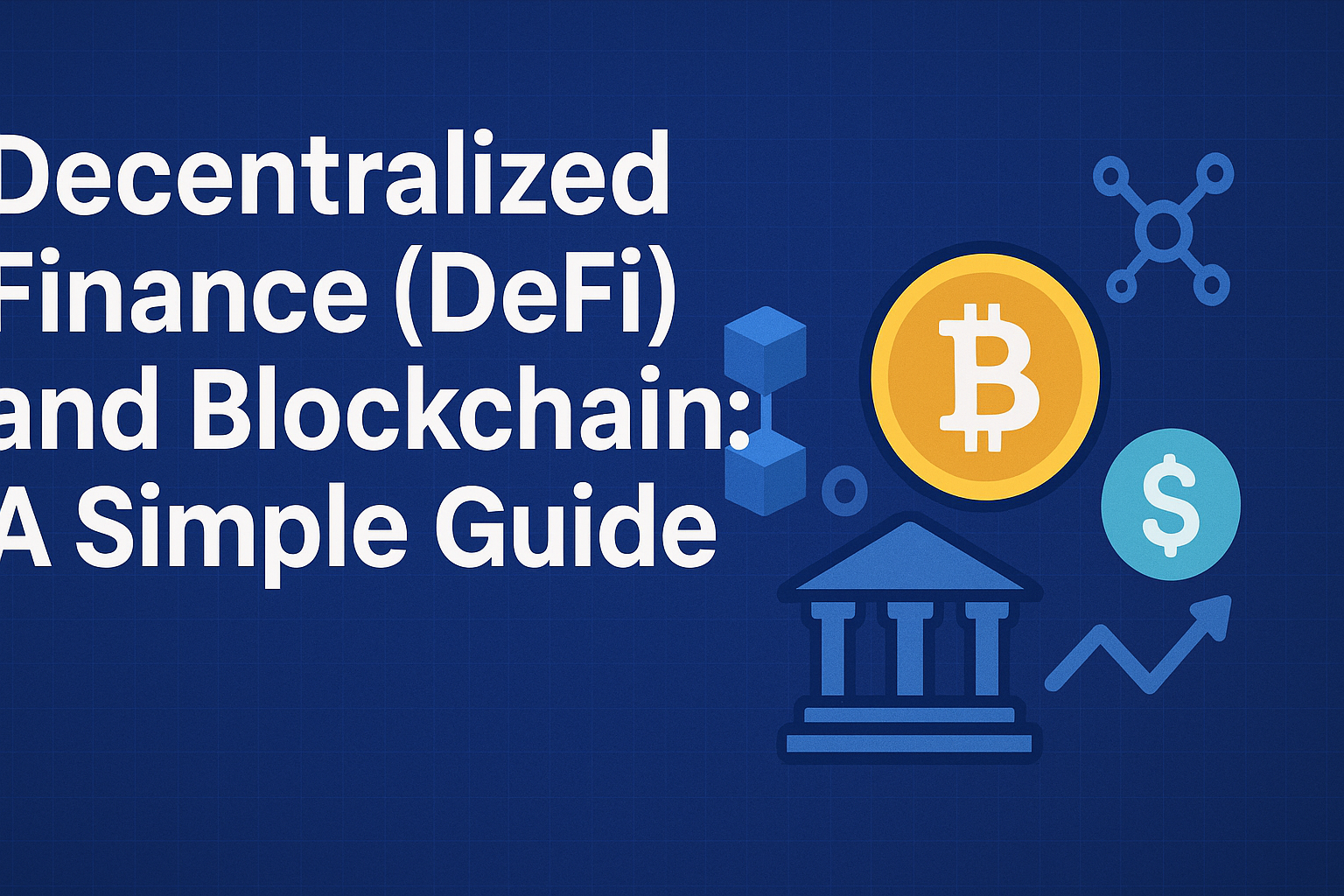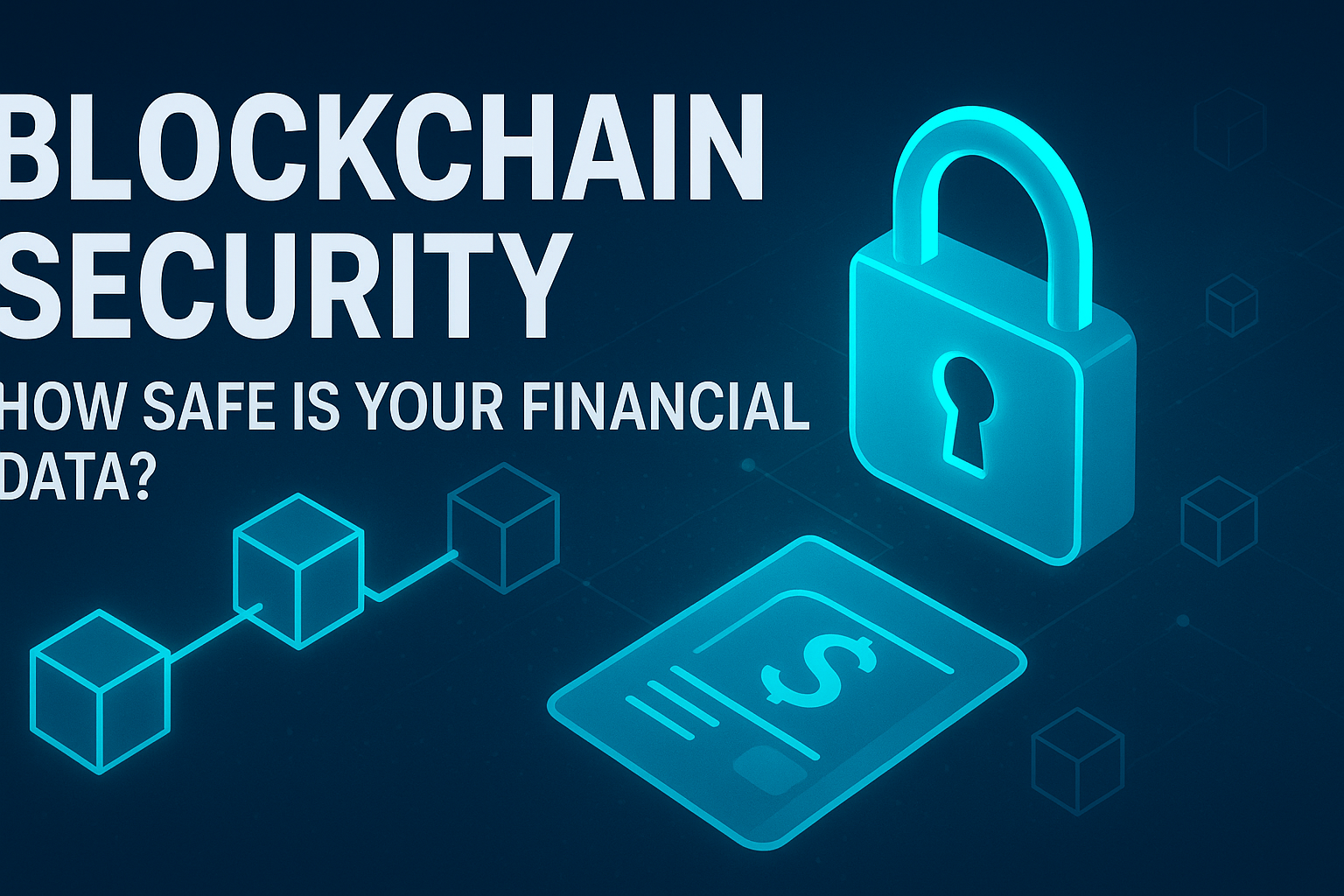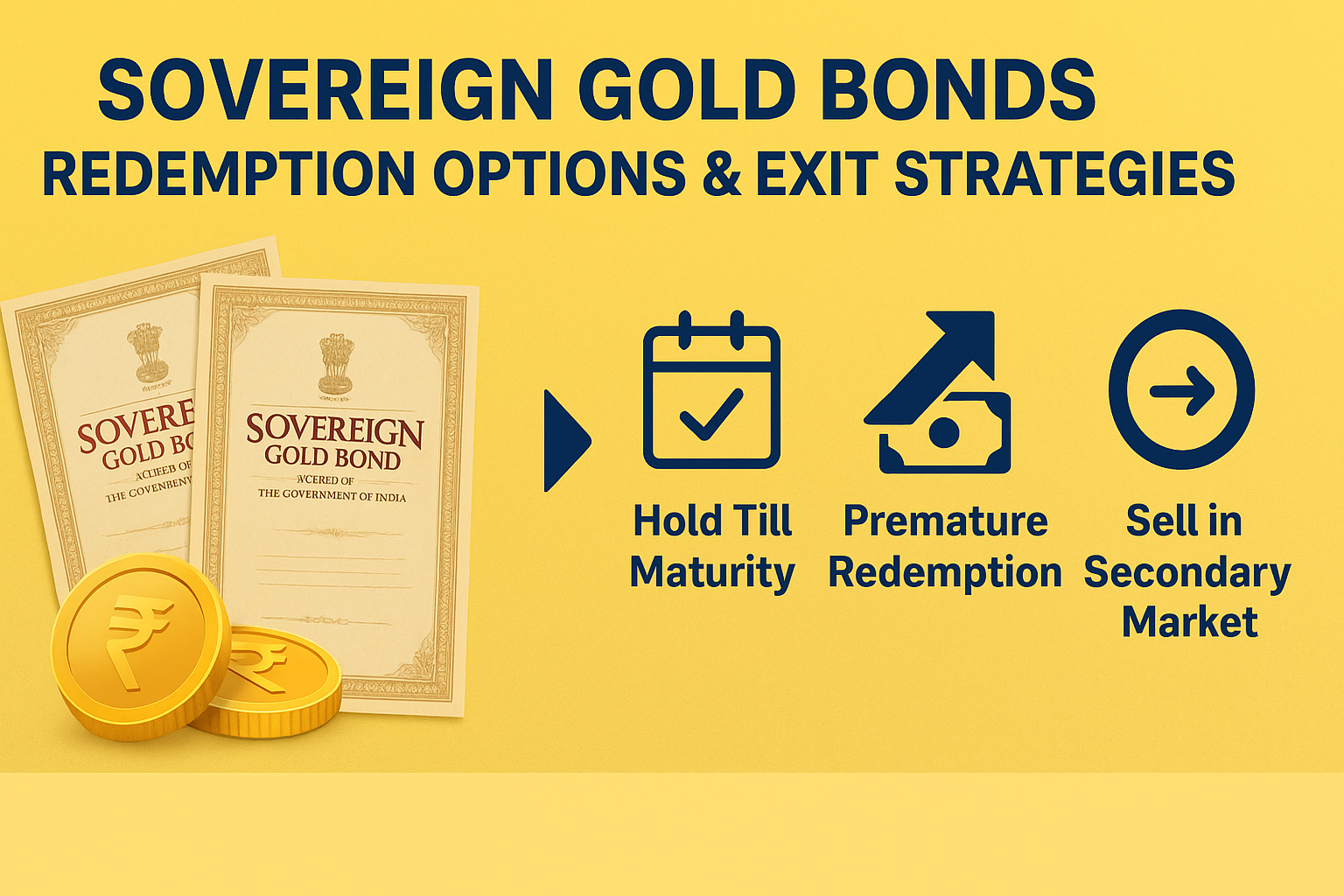Blockchain technology has moved far beyond cryptocurrencies like Bitcoin. Today, it is disrupting industries worldwide — and finance is leading the way. Its decentralized, secure, and transparent nature makes it the perfect solution for many long-standing challenges in the financial sector, from fraud prevention to cross-border payments.
In this article, we’ll explore the top 10 real-world applications of blockchain in finance, why they matter, and how they are reshaping the future of money.
1. Cross-Border Payments
Traditional cross-border payments are slow, expensive, and involve multiple intermediaries. Blockchain technology enables fast, low-cost international transfers without relying on centralized banks.
For example, Ripple (XRP) facilitates near-instant cross-border transactions for major banks and payment providers. This helps businesses settle payments within seconds instead of days, reducing operational costs and improving global trade efficiency.
2. Fraud Prevention and Security
Financial fraud costs billions every year. Blockchain’s immutability (records cannot be altered once written) ensures that transactions are transparent and verifiable.
This makes it nearly impossible for hackers to manipulate data. Banks and financial institutions are using blockchain to create tamper-proof ledgers, reducing risks of identity theft, money laundering, and payment fraud.
3. Smart Contracts for Automated Transactions
Smart contracts are self-executing agreements stored on a blockchain. They automatically trigger actions when certain conditions are met, removing the need for intermediaries like brokers or notaries.
For example, in trade finance, a smart contract can automatically release funds when goods are shipped and verified, reducing delays and disputes.
4. Decentralized Finance (DeFi)
Decentralized Finance, or DeFi, is one of the biggest revolutions in blockchain finance. DeFi platforms allow users to lend, borrow, trade, and earn interest — all without banks.
Popular DeFi platforms like Aave, Uniswap, and MakerDAO are giving users complete control of their assets while providing higher yields compared to traditional savings accounts.
5. Digital Identity Verification
Identity verification is a major challenge in finance, often requiring repetitive KYC (Know Your Customer) checks. Blockchain allows users to have digital identities stored securely, which they can share with banks, lenders, and other institutions without revealing unnecessary personal information.
This reduces onboarding time, improves security, and ensures compliance with regulations.
6. Tokenization of Assets
Blockchain enables the tokenization of real-world assets, such as stocks, bonds, real estate, or even art. These tokens can be traded on blockchain-based marketplaces, increasing liquidity and accessibility.
For instance, fractional ownership allows investors to buy a small portion of an expensive property, democratizing investment opportunities.
7. Clearing and Settlement Systems
Currently, clearing and settlement of trades can take 2-3 business days due to multiple parties and manual verification. Blockchain can streamline this process by offering real-time settlement, reducing counterparty risks and operational costs.
Major stock exchanges like Nasdaq are already experimenting with blockchain-powered clearing systems.
8. Supply Chain Finance
Supply chain financing becomes more efficient with blockchain’s end-to-end transparency. Every step of the supply chain — from production to delivery — can be tracked in real time.
Financial institutions can verify invoices instantly, approve financing faster, and reduce the risk of fraud or duplicate invoices.
9. Central Bank Digital Currencies (CBDCs)
Governments worldwide are exploring CBDCs — digital versions of national currencies powered by blockchain.
For example, China’s Digital Yuan and India’s Digital Rupee aim to make payments faster, cheaper, and more inclusive. CBDCs could eventually replace physical cash, transforming the way we use money.
10. Auditing and Regulatory Compliance
Blockchain provides an immutable record of transactions, which simplifies auditing and compliance. Regulators can access real-time data, reducing the chances of manipulation and ensuring that financial institutions adhere to rules.
This can help prevent scandals like accounting fraud, as every transaction is verifiable on the public ledger.
The Future of Blockchain in Finance
Blockchain is no longer just a buzzword — it’s a fundamental shift in financial infrastructure. As adoption grows, we can expect:
- Faster global financial transactions
- Increased transparency in banking
- More inclusive financial services
- Reduced fraud and operational costs
Businesses that adopt blockchain early will be better positioned to thrive in the evolving financial landscape.
Final Thoughts
The applications of blockchain in finance are vast and growing. From cross-border payments to DeFi and CBDCs, this technology is rewriting the rules of money.
If you’re in the financial industry, staying updated on blockchain trends isn’t just optional — it’s essential. The future of finance is decentralized, secure, and transparent.


